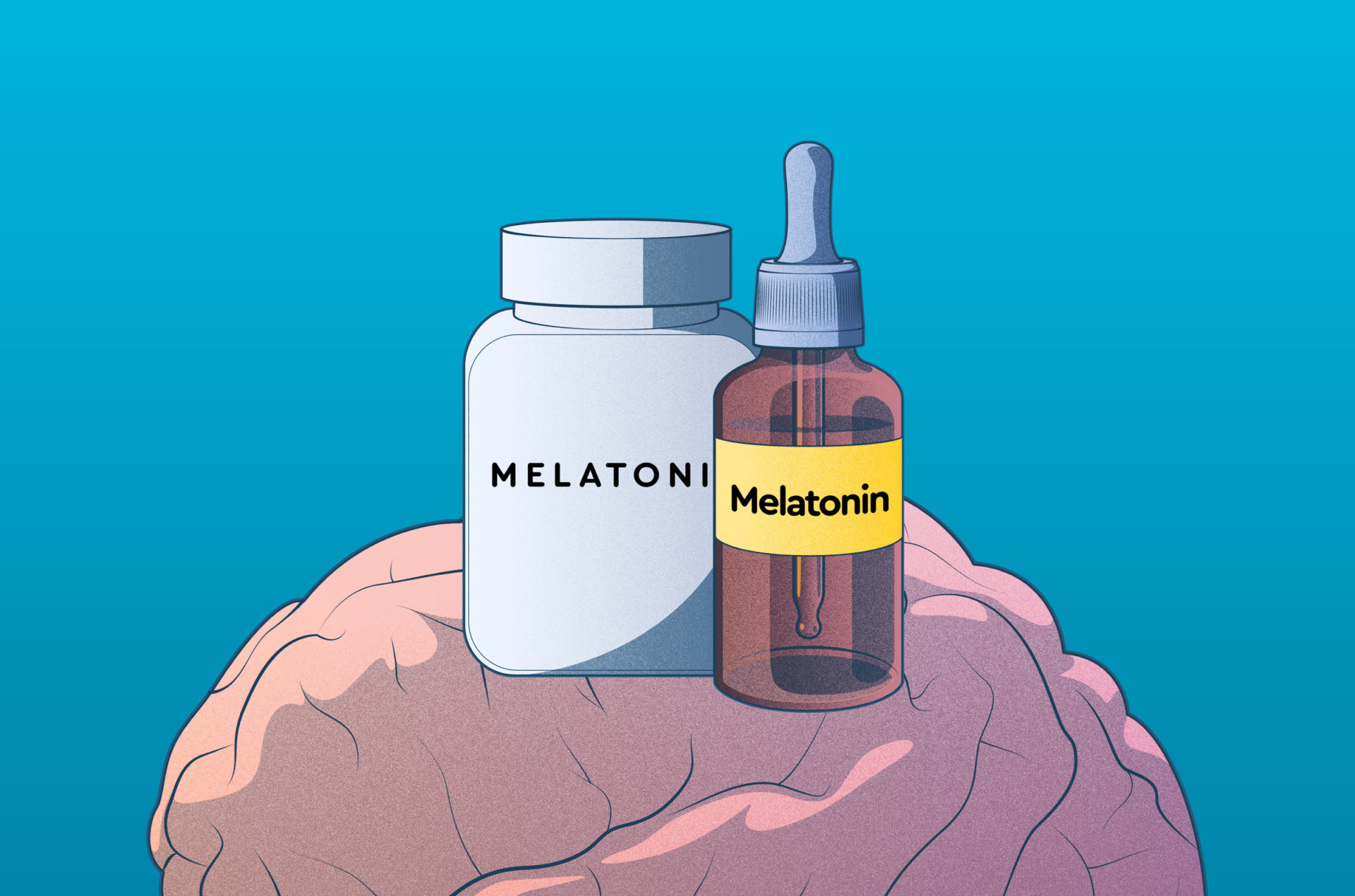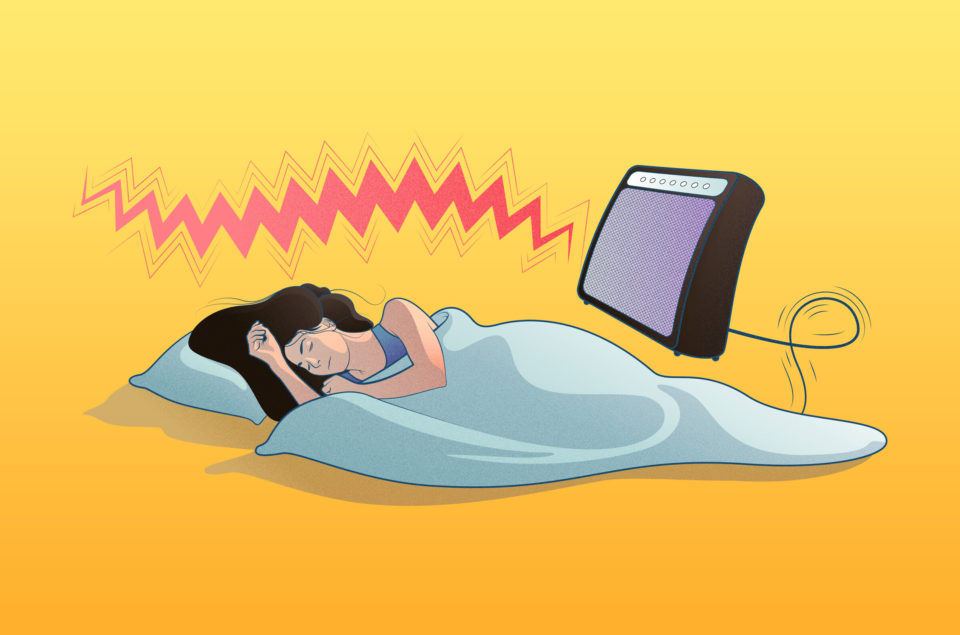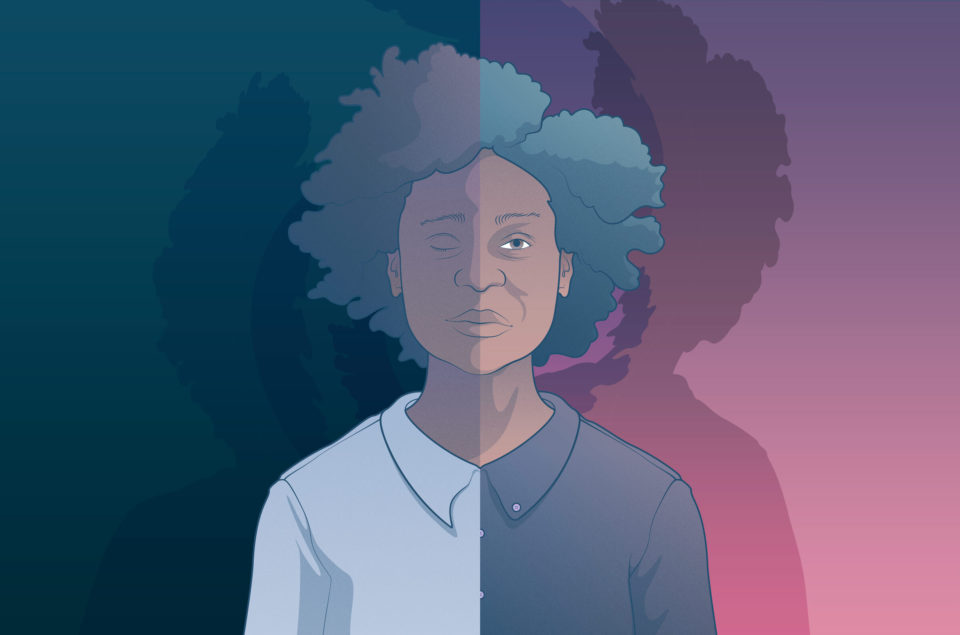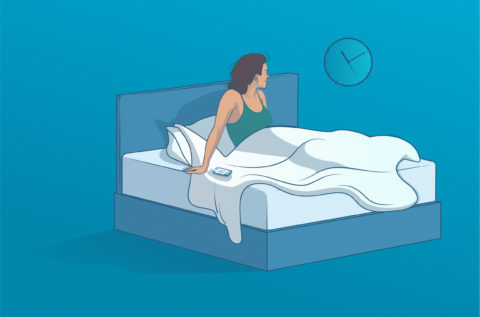Welcome to Sleep Cycle’s first blog of a four-part series on melatonin and sleep. In this series, we’re going to provide some answers to a host of common questions about using melatonin for sleep. This topic is complex, so it would be no surprise you’ve read a lot of conflicting information on the internet about melatonin.
To help cut through the noise, we’ve brought in our Head of Sleep Science, Professor Mike Gradisar, to share his knowledge from his scientific studies on melatonin and sleep, as well as his decade-long experience using melatonin to treat sleep issues in children, teenagers and adults.
1. Some people say we produce melatonin in our body. Yet there are numerous kinds in the pharmacies. Which melatonin is best for sleep?
Yes, it’s true that we produce melatonin. It’s produced from a specific region of our brain, typically during the night, hence why it’s so often linked to sleep. But when people are looking to use melatonin to help them sleep, they are in actual fact considering the synthetic versions of melatonin that they can buy online, or at their local store or pharmacy.
2. How much melatonin does the body produce?
During the day, your body does not contain much melatonin. If we assume you have a ‘normal sleep pattern’, then usually your brain will begin to produce melatonin shortly after sunset, and will continue to do so during the night, until around sunrise when it stops. When levels of melatonin are measured during the night, your body should typically have its highest amount of melatonin just after midnight.
- In young and middle-aged adults, these nighttime levels peak at around 60 to 80 pg/ml (picograms per milliliter).
- In children, their nighttime levels are around 100 pg/ml. Older adults’ nighttime melatonin levels are the lowest in all age groups (around 20 pg/ml).
3. Which melatonin supplement should I consider?
It’s worth knowing that there are two broad types of melatonin that you can buy:
- Immediate-release melatonin
- Prolonged-release melatonin. Other names for prolonged release melatonin include controlled release (with ‘CR’ being on the label), extended release (XR), and sustained release (SR).
For most sleep issues I would typically recommend people choose immediate-release melatonin. If the melatonin you purchase does not have any symbols (eg, CR, XR, SR), then it’s likely it’s the immediate-release type. If you see IR, then it should be the immediate-release version. But do check with the supplier or your physician.
4. How long does melatonin take to kick in?
The absorption of immediate-release melatonin takes about 50 minutes to reach its peak in your body. Whereas for prolonged-release melatonin, it takes nearly 3 hours.
5. How long does melatonin last?
Immediate-release melatonin has a half-life of 45 minutes (ie, half of the melatonin taken is gone after 45 minutes). This means the immediate-release version of melatonin that is taken at night is not really present when you wake-up in the morning. In contrast, prolonged release melatonin has a half-life closer to 2 hrs, though likewise, it is unlikely to affect you when you wake in the morning.
Because prolonged release melatonin stays in your body for longer, it is recommended for people who have trouble maintaining sleep (i.e., wake up during the night). Worth noting is that melatonin is cleared from the body by children faster than it is in adults.
Try Sleep Cycle for free and track how melatonin helps you get better sleep
6. Is it better to purchase melatonin online?
Depends. If you’re looking for affordability, then the price per melatonin tablet or capsule is most likely cheaper when bought online. If you want to ensure the reliability of the melatonin dosage, then you’re better off purchasing pharmaceutical-grade melatonin through your healthcare provider.
7. How much melatonin can an adult take?
For the majority of adults, the maximum amount you need is 3 mg. Any more than this, and there is usually no added benefit. Although a recent study by Harvard University found that 5 mg of melatonin increased older adults’ sleep, it added an extra 15 minutes of sleep – and these people did not have sleep issues.
8. But not all adults are built the same. What melatonin dosage by weight is needed for adults?
Melatonin works on your brain and other parts of your body (eg, blood vessels). Most adult brains are similar. So as per the advice above, the maximum recommended dosage is 3 mg.
9. How much melatonin is too much? Is melatonin addictive?
Taking melatonin does increase the usual amount of melatonin that is already in our bodies. However, melatonin is safer than what many people realize or read about. One can take comfort in the fact that the best textbook describing the toxicity levels of various chemicals and compounds (The Merck Index) does not consider melatonin to be a toxic compound. The consensus is that melatonin is a compound that has a ‘good safety profile’.
10. My doctor prescribed me 2 mg of melatonin. Why?
You may have been prescribed Circadin, which is a prolonged-release version of melatonin.
11. Can you still use prolonged-release melatonin for your sleep?
Yes, especially if your sleep issue is waking up during the night. Even if this is not your sleep issue, research has shown that quartering, or especially crushing prolonged-release melatonin tablets changes their composition such that they turn into a more immediate-release version of melatonin. We do recommend immediate-release melatonin for a range of sleep issues (and will expand on this issue in our third blog in this series!).
12. What types of sleep issues can you use melatonin for?
As we will showcase in this melatonin blog series, immediate-release melatonin can be used for people who have trouble falling asleep, i.e. delayed sleep onset at the beginning of the night. We’ll also cover the different types of sleep and circadian rhythm issues that immediate-release melatonin can be used for in the fourth blog in this series (Melatonin for Your Body Clock).
13. Can you take melatonin every night?
Yes. And for some specific types of sleep issues, it needs to be taken every night for a period of time. For other sleep issues, melatonin can be taken in the morning. We’ll also describe this in more detail in our fourth blog in this series.
14. What are the side effects of melatonin?
These are rare, but one of the main issues is if you’re also at the same time taking any prescribed medications that cause drowsiness. Such medications can interact with melatonin. So ensure you speak to your physician before trying melatonin. Also, alcohol causes drowsiness so you should not take melatonin on a night you’ve consumed alcohol.
15. Are there any long-term side effects of taking melatonin?
Studies conducted in children who have taken melatonin for at least 3 years have found a small percentage experienced side effects (~3 percent). The most common side effect reported is ‘headaches at least once per month’. Almost 90% of families found melatonin helpful for sleep.
16. What happens if you take melatonin and caffeine? Can caffeine counteract the melatonin you take?
Research has shown that if you simultaneously take melatonin and caffeine then this produces higher levels of melatonin absorbed into your bloodstream. This is because coffee beans contain one of the highest concentrations of melatonin within themselves. To those of you left wondering why on earth we start our day with coffee if this is the case. Then it is simply because the alerting properties of caffeine override the sleepy effects of melatonin.
Indeed, many seeds, spices, nuts, fruits and vegetables contain some level of melatonin – albeit in smaller concentrations than the humble coffee bean.
17. How long can you take melatonin for?
It depends on the type of sleep issue. For example, studies have shown that children with developmental issues (eg, autism, ADHD) may require melatonin on an ongoing basis (years, in certain cases). For certain sleep issues that are due to a misalignment of the person’s circadian rhythm, melatonin can be used for up to a few weeks to correct the misalignment.
18. How long before bed should you take melatonin?
Again, this depends on the type of sleep issue. Most instructions on melatonin packages suggest taking melatonin 30 minutes before bedtime. This may be appropriate for children who are experiencing both sleep and developmental issues. When sleep is disturbed due to circadian rhythm misalignment, melatonin needs to be taken either in the evening or in the morning, depending on whether their sleep pattern needs to be moved earlier or later. Learn more about melatonin and circadian sleep issues in our third blog – Melatonin for Your Body Clock.
19. Can a 1 year old take melatonin? Is melatonin safe for kids?
Melatonin has been given to premature infants in the first 24 hours of their life – but it’s not to help them sleep. You’ll learn more about why this occurs in our second blog – Uses for Melatonin. Children as young as two years of age can benefit from a liquid version of melatonin to help them sleep. However, sleep scientists believe that families should first try behavioral methods of improving sleep before melatonin.
20. Is melatonin the best natural supplement for sleep compared to others?
Yes. Whilst you may get advice about a whole range of sleepy supplements from your family, friends or local pharmacist, melatonin is more likely to help with your sleep than St John’s Wort, Camomile, and even a popular supplement that we’ll cover in our third blog in this series – Melatonin vs Magnesium.
So there you go. Hopefully, we’ve exhausted all your questions on melatonin and sleep. But it doesn’t stop here. Our next blog in the series will cover the range of issues that melatonin has been used for to improve human health. Conditions that have nothing to do with sleep. Watch this space…!










